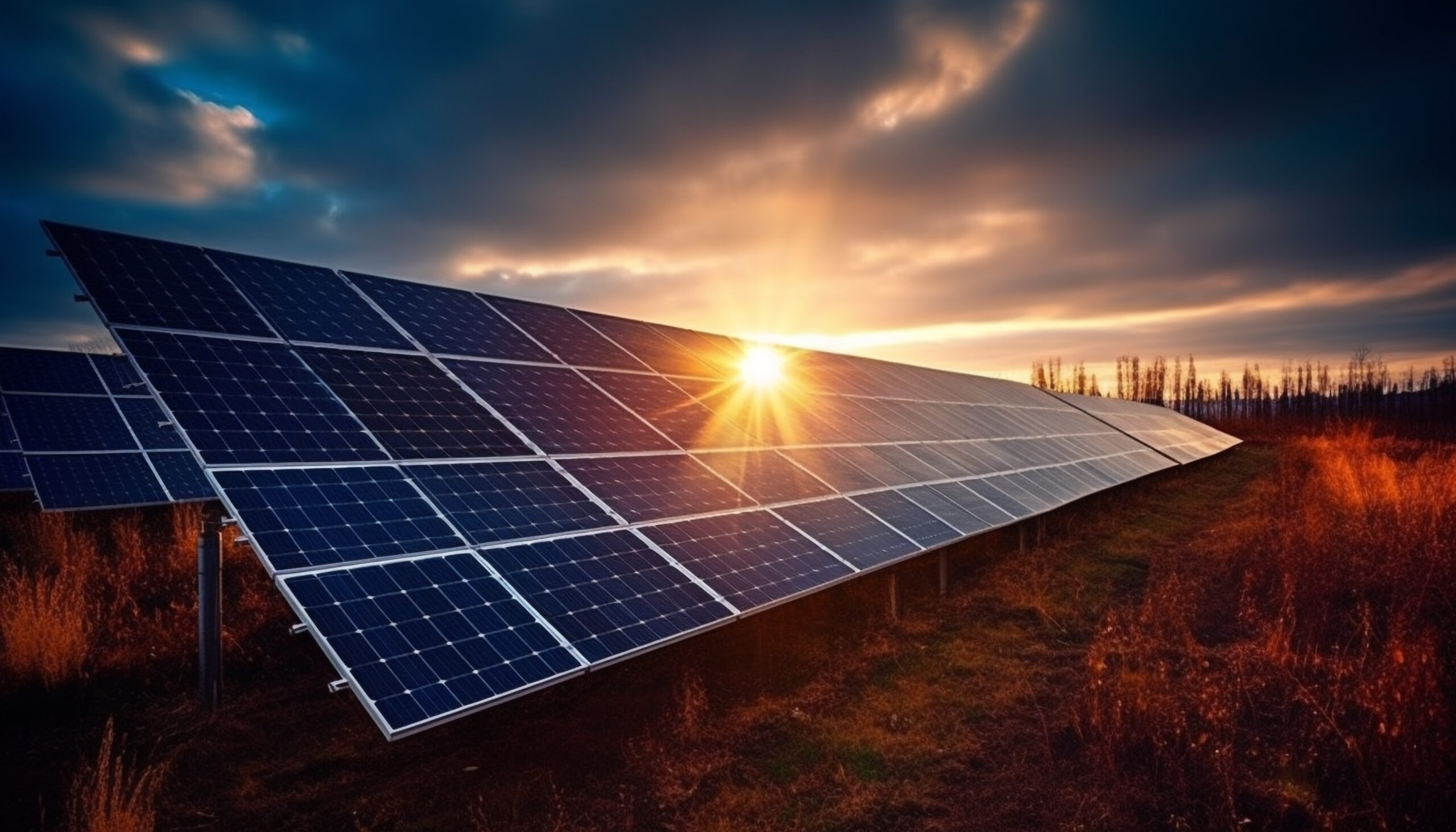MENA and the evolving energy landscape
The Middle East and North Africa (MENA) region has been leading fossil fuel production for decades, creating tremendous economic growth.
However, fossil fuel-driven growth has proven to be unsustainable for both people and planet.
As the climate action clock ticks, and with the global community in a race to curb carbon emissions, the MENA region is redefining its role within an evolving energy landscape – one in which fossil fuels inevitably play a diminishing role.
Today, even without subsidies, solar and wind power stand cost-competitive with fossil fuels and have emerged as the preferred choices for new power generation. In fact, renewables accounted for 86% of all new power generation in 2022.
This trend is not merely set to continue; it is accelerating significantly, extending even beyond the power sectors.
For MENA countries, transitioning to a renewables-based energy system offers a pathway to simultaneously meet growing energy demand, promote economic growth, maximise socio-economic benefits, and achieve decarbonisation objectives.
Recognising this, Gulf Cooperation Council (GCC) countries are far from standing idle. In a strategic shift towards enhanced climate ambition, nations including Bahrain, Kuwait, Oman, Saudi Arabia, and the UAE have embraced net-zero emission targets.
According to IRENA’s World Energy Transitions Outlook 2023 (WETO), global renewable power capacity must triple from approximately 3,000 GW to just over 11,000 GW by the year 2030.
The world is seemingly aligning to meet this objective with G7 countries, adopting IRENA’s targets for the group, and more recently, G20 countries, including the Kingdom of Saudi Arabia, echoing IRENA’s global goal to triple renewable energy capacity in New Delhi.
Nonetheless, the goal to triple renewable energy capacity is not confined to these nations alone; it is a global target that requires concerted efforts at the regional level to ensure that all countries are adequately represented and involved.
As an important milestone in the lead-up to the 2023 United Nations Climate Change Conference (COP28) in Dubai, MENA Climate Week in Riyadh stands as a significant opportunity to cultivate regional unity across the MENA region and drive coordinated action, with an eye toward forging a global consensus at COP28.
Recently, the UAE has embraced this level of ambition, pledging to triple its own renewable energy capacity by 2030. This endeavour is particularly noteworthy as the country prepares to host COP28, reflecting a genuine commitment to leading by example.
Building political momentum and commitment is a critical first step, but it is just the beginning. Everything, from our communities and energy frameworks to our everyday lives, is anchored in the current energy system. Yet, this has to change.
We need the courage to create a new reality and translate pledges into projects and actions.
IRENA’s WETO envisions three pillars that will form the foundation for a way forward.
First, building the necessary infrastructure and investing at scale in grids, via both land and sea routes, to accommodate new production locations, trade patterns, and demand centres.
Due to its abundance of low-cost renewable power and a strategic geographical location near Europe and Asia, the MENA region possesses a competitive advantage in becoming a key green hydrogen hub. Developing a system that cultivates and amplifies this potential will be crucial for the region.
In this regard, it is vital that International Financial Institutions and Multilateral Development Banks strategically prioritise their resources to maximise impact, especially in enhancing the region’s physical infrastructure, to encourage the scaling up of private investments.
Secondly, ambitious targets must be followed by effective policies and regulations that encourage investments. Fossil fuel investments in the Middle East are still significantly higher than renewable energy investments, indicating an urgent need to align financial flows with ambitious climate targets.
Although fossil fuels will inevitably remain a part of the energy mix for some time, their share must dramatically decrease as we approach mid-century.
The third priority is developing the necessary institutional capacities to help ensure that skills and capabilities match the energy system we aspire to create. This is crucial not only for a just transition but also for ensuring a workforce is ready for a new system.
Oil-importing economies in the MENA region exhibit higher levels of youth unemployment, necessitating extensive training, education, and capacity building.
Concurrently, oil-exporting countries will require deliberate policy attention to retrain workers and forge new employment opportunities by cultivating local industries and manufacturing, thereby replacing roles once sustained by the previous energy sectors.
Having hosted COP27 in Egypt last year, and with COP28 set to take place in Dubai later this year, the MENA region possesses a unique opportunity. It can ensure the emerging energy system not only accommodates but also capitalises on the region’s abundant renewable energy potential and strategic geographical proximity to major global markets, thereby securing its position in an evolving energy landscape.
The path forward, while demanding extensive planning, investment, and collaboration, unveils a promising future wherein development is inclusive and beneficial, safeguarding the interests of all nations and future generations.
This opinion piece first appeared in Arab News on 12th October 2023.


